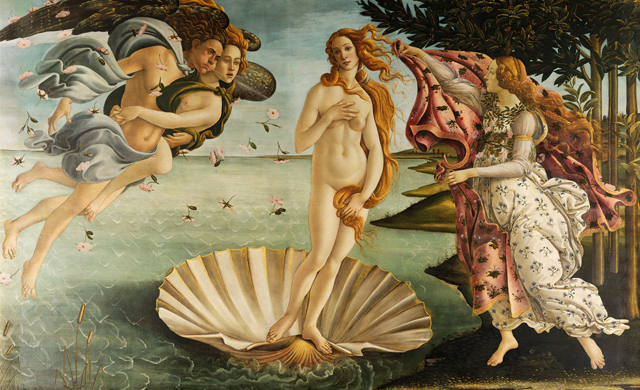
Venus on a Half-Shell: Botticelli’s Timeless Vision of Feminine Beauty
An unmistakable detail
Today, I want to tell you about a painting. Look at this detail… have you seen it before? Yes? It’s from a very famous painting housed in Florence at the Uffizi Gallery. Do you know the artist who painted it? I’ll admit it: I painted this detail myself while studying art and art history in Florence. If you ever get the chance to visit Italy, do it! Florence is an open stage to marvel at Renaissance art and architecture.
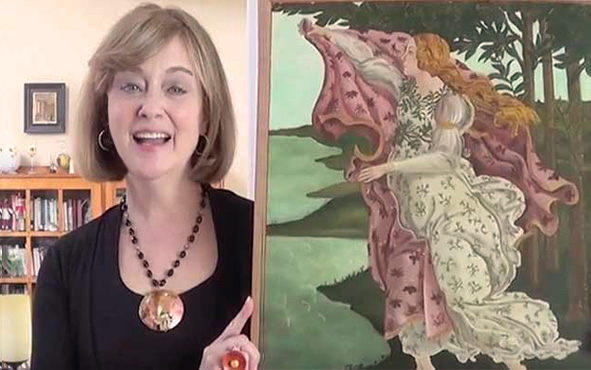
The Birth of Venus
Back to the painting. This detail is from a very large and famous work by Botticelli… The Birth of Venus. Here it is—the “true” painting by Botticelli, created around 1482. It has long been considered the perfect representation of female beauty in ar
A classical inspiration
Venus stands completely naked on a seashell, gliding toward us over the rippling waves, exuding an ethereal grace and timeless beauty—almost like a living embodiment of an ancient statue. Botticelli, in fact, drew inspiration from a classical statue housed in the Medici family collection, which he meticulously studied in his free time. It is widely believed that Botticelli was commissioned to paint this masterpiece by the Medici family, with specific influence from Lorenzo il Magnifico, a renowned patron of the arts.
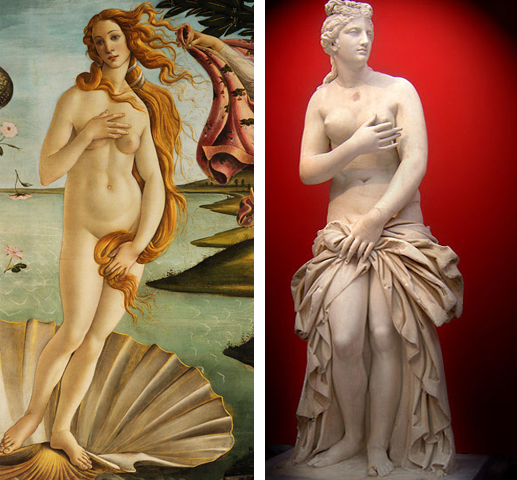
statue in the Medici collection, which he studied in his spare time.
The Birth of Venus has been celebrated for centuries as the ultimate depiction of feminine beauty in art. Much like Michelangelo’s David is considered the epitome of idealized male beauty, Botticelli’s Venus—with her elongated, graceful lines, flowing golden hair, and serene expression—embodies the Renaissance ideal of feminine perfection. She represents not only physical beauty but also a transcendent elegance, embodying the harmony and balance that Renaissance artists aspired to capture.
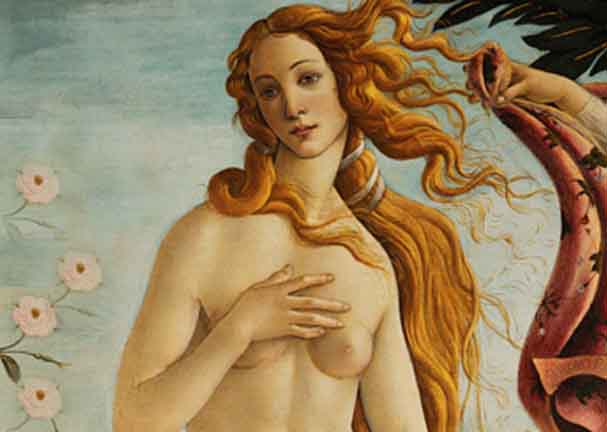
Beauty and spirituality
Venus’s nudity didn’t glorify pagan rituals but embodied the concept of Humanitas, a spiritual beauty symbolizing purity and nobility of soul, drawing parallels between Venus and the Christian soul purified by baptism.
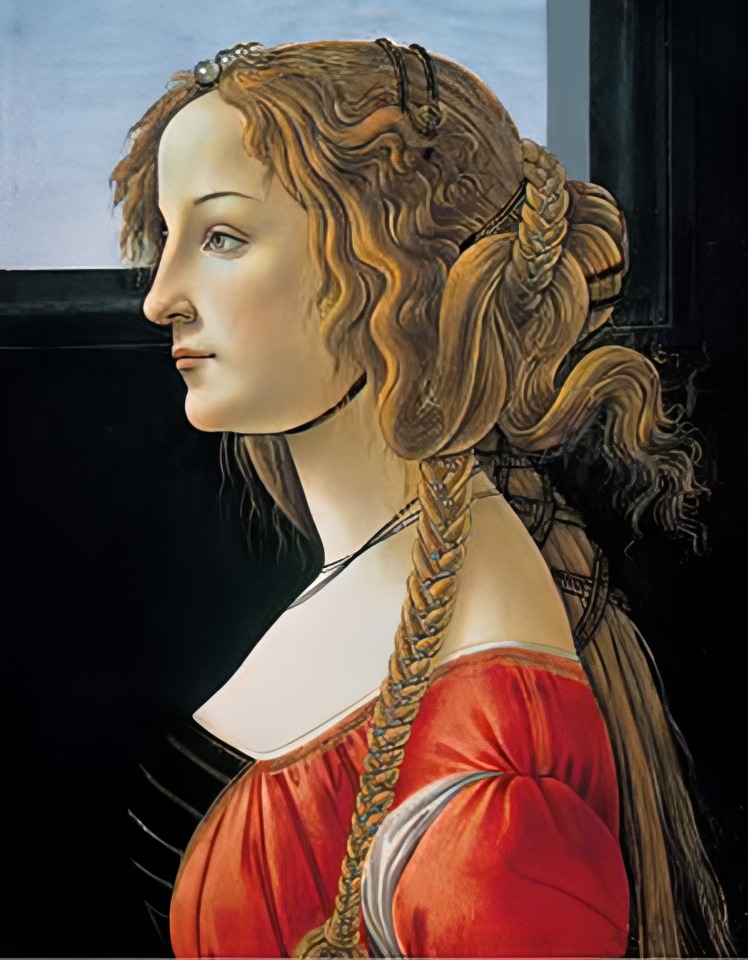
Simonetta Vespucci: an immortal muse
A deeply romantic legend surrounds the Renaissance painter Sandro Botticelli and one of his most cherished muses—Simonetta Vespucci, often celebrated as the epitome of beauty in 15th-century Florence.
Simonetta was born in the enchanting seaside town of Portovenere, aptly named the “Port of Venus.” She later married Marco Vespucci, a cousin of the renowned explorer Amerigo Vespucci. Known throughout Florence as la Bella Simonetta (the Beautiful Simonetta), her extraordinary allure captured the imagination of poets, artists, and the entire city. She became a symbol of beauty and grace, inspiring not only Botticelli but also many other creatives of her time.
Simonetta’s charm also bewitched the powerful Medici family, particularly Giuliano di Piero de’ Medici, the younger brother of Lorenzo il Magnifico. Giuliano, famously assassinated during the Pazzi Conspiracy in Florence’s Duomo on Easter Sunday in 1478, was said to have adored Simonetta, elevating her beauty to an almost mythical status.
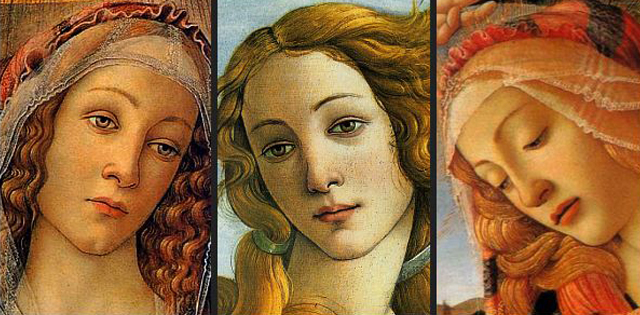
Lorenzo di Pierfrancesco de’ Medic commissioned the Birth of Venus
It was, however, Lorenzo di Pierfrancesco de’ Medici—a cousin of Lorenzo the Magnificent—who commissioned Botticelli to create The Birth of Venus for his Villa di Castello. This masterpiece, completed around 1484–1486, is thought to immortalize Simonetta as the goddess Venus. The painting’s ethereal quality not only reflects Simonetta’s beauty but also embodies the Medici family’s fascination with Neo-Platonism, a philosophy blending classical mythology with Renaissance humanism.
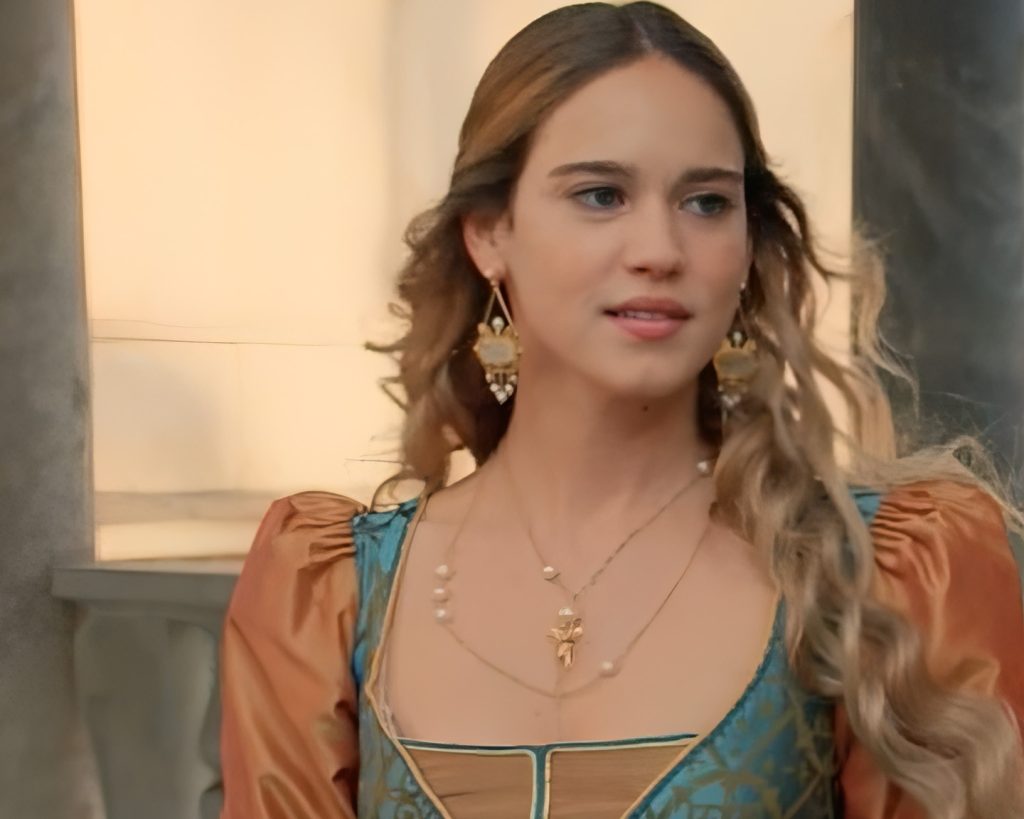
Lorenzo di Pierfrancesco de’ Medici commissioned the Birth of Venus
Some believe Botticelli himself harbored a quiet, unspoken love for Simonetta, a passion he revealed only through his art. His works consistently celebrated her likeness, ensuring that her beauty lived on long after her passing.
Tragically, Simonetta’s life was cut short. On April 26, 1476, she died at just 23 years old, likely from tuberculosis. Her death sent shockwaves through Florence, and her funeral was attended by throngs of admirers. Her open coffin drew countless mourners who came to pay homage to her unparalleled beauty, which was said to remain untouched even in death. Simonetta was laid to rest in the Vespucci Chapel of the Church of Ognissanti, adorned with frescoes by the great artist Ghirlandaio.

A love that transcends time
Despite her untimely death, Simonetta remained a central figure in Botticelli’s work. Nearly a decade later, The Birth of Venus captured her essence and ensured her memory endured as a muse and an icon of beauty. Botticelli’s devotion to Simonetta was so profound that he requested to be buried at her feet in the same chapel. True to his wishes, when Botticelli passed away in 1510, he was laid to rest beside her.
For eternity, Simonetta and Botticelli lie side by side in the Church of Ognissanti, a poignant testament to the artist’s undying love for his muse.
To me, Botticelli’s ultimate declaration of love wasn’t conveyed through words but through his actions and his art. The request to rest beside Simonetta for all eternity is perhaps one of the most romantic gestures of all—a silent yet powerful “I love you” that transcends time.
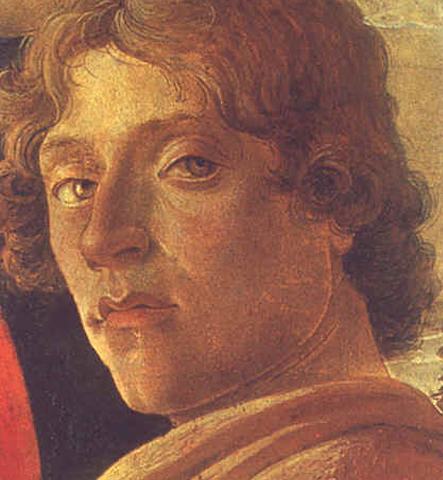
Why is Botticelli called Botticelli?
Finally, do you know why Botticelli was nicknamed that? His real name was Alessandro di Mariano di Vanni Filipepi. His older brother, who was very heavy, was nicknamed botticella (big barrel), and so Alessandro became Botticelli (little barrel).
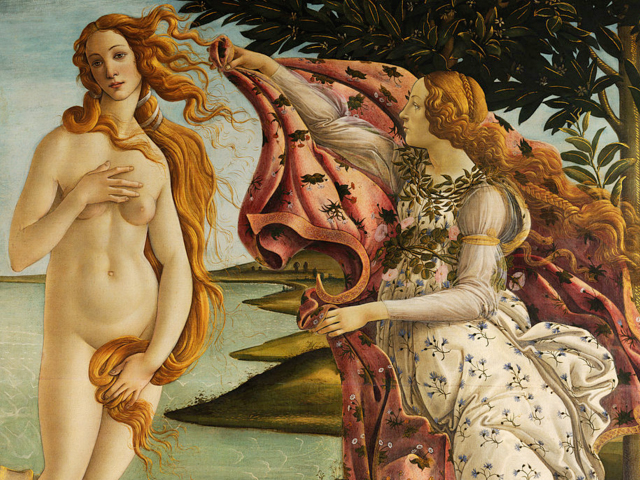
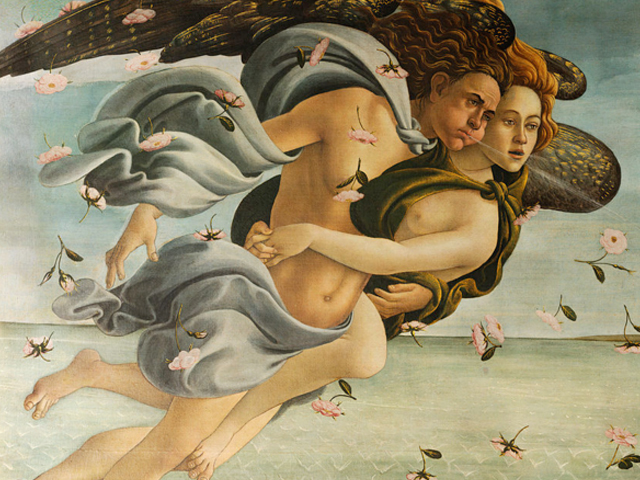
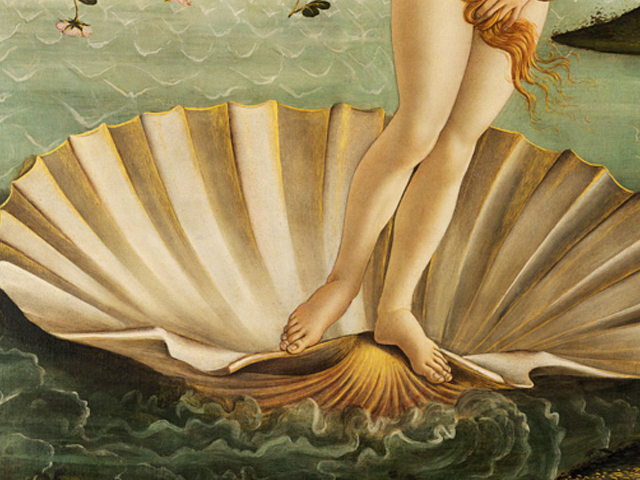
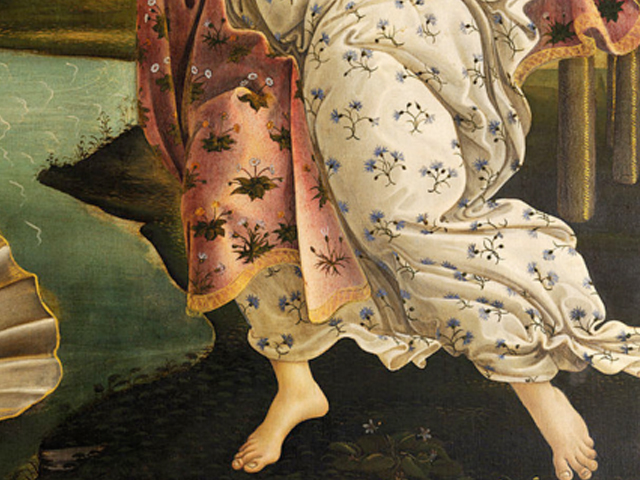
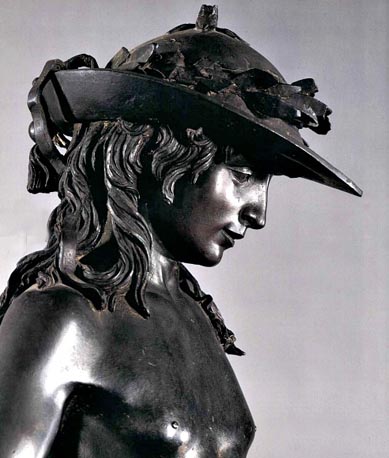
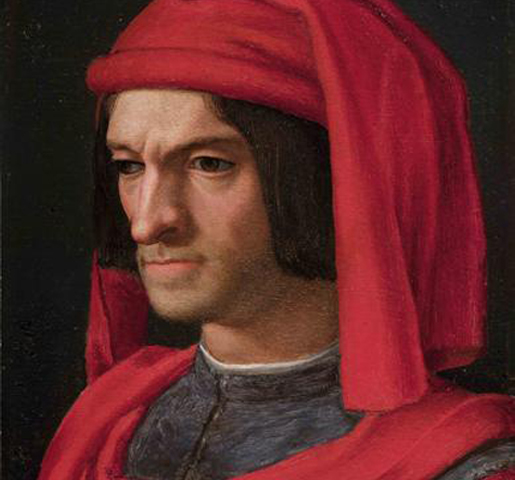
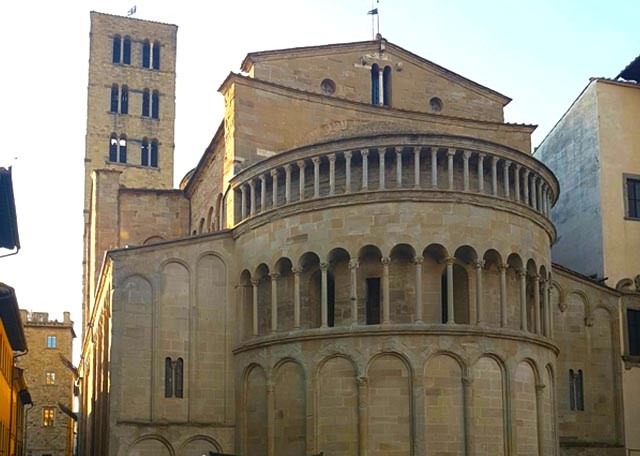
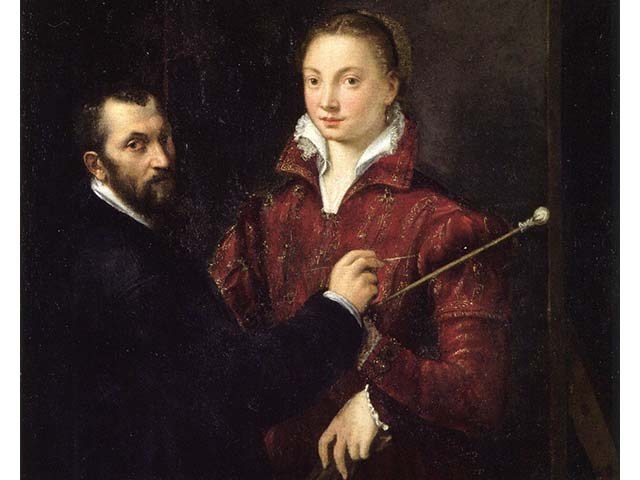
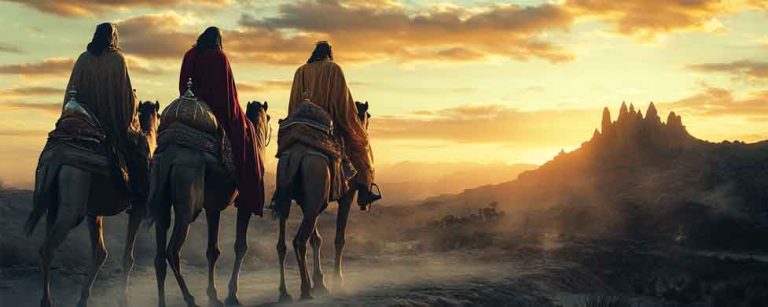
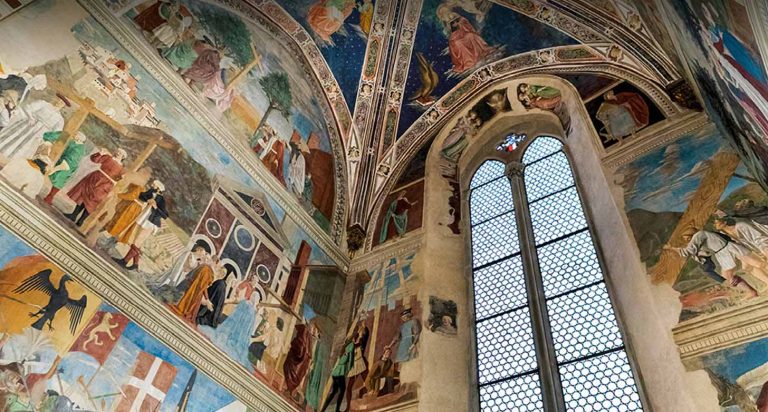
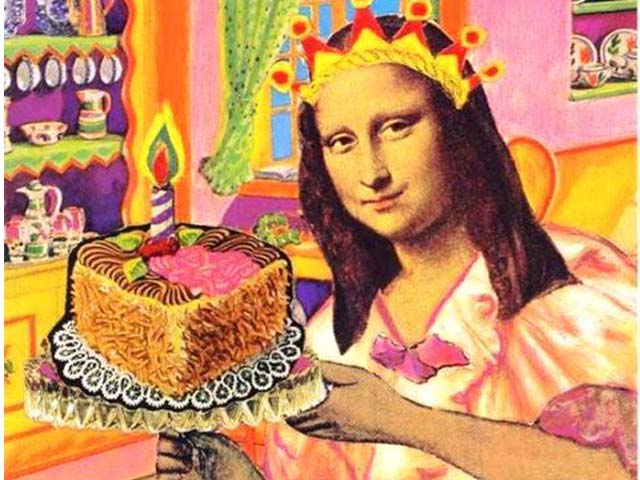
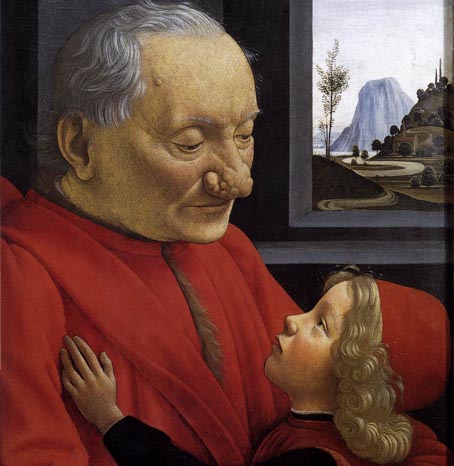
Beautiful and romantic! Thank You for taking the time to put this together. I am dating a woman who resembles (her face) the gorgeous Simonetti – the resemblance is quite striking, though I never noticed it until a few days ago.
I am on the web this afternoon searching for the origin of the Venus (half shell) image used by Simone Mosca in the wilderness garden at Bomarzo. I am assembling a program for my painting show of the Bomarzo garden and the life of Pier Francisco Orsini. And, I discovered your site and video. I have subscribed and would be thrilled if you knew if Botticilli originated the half shell for the “Birth of Venus”. Janet